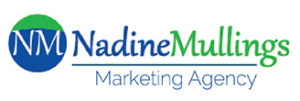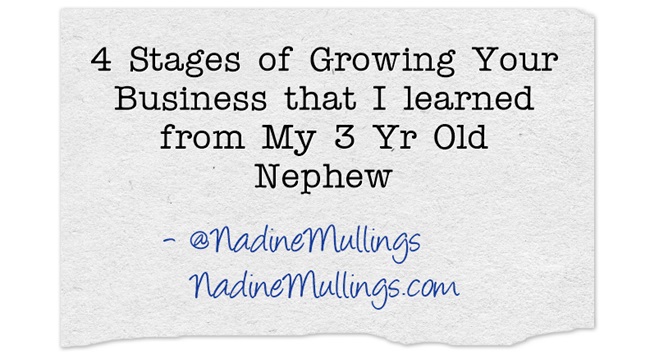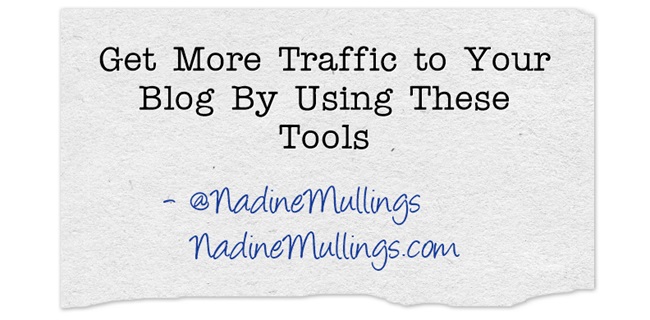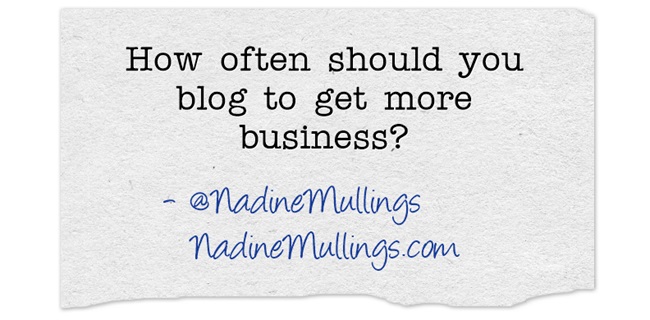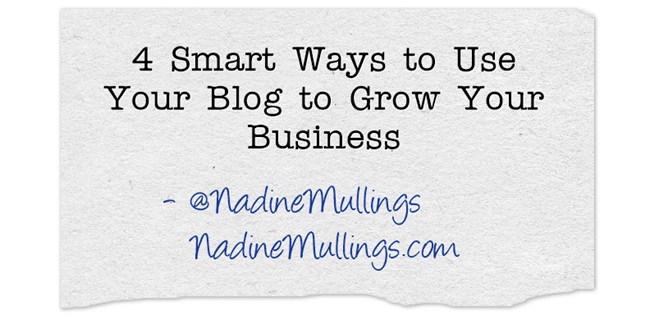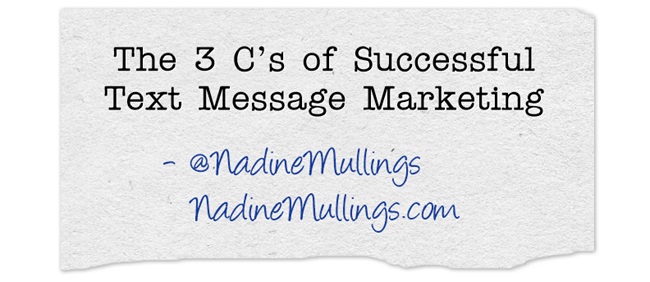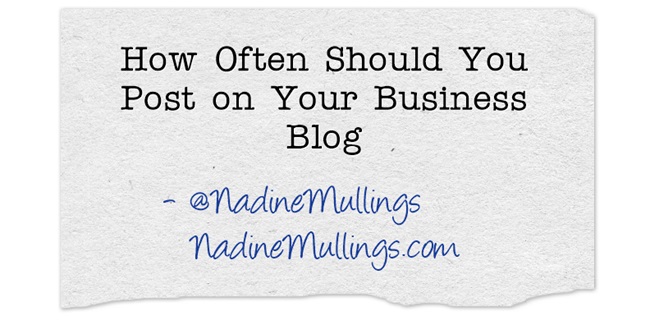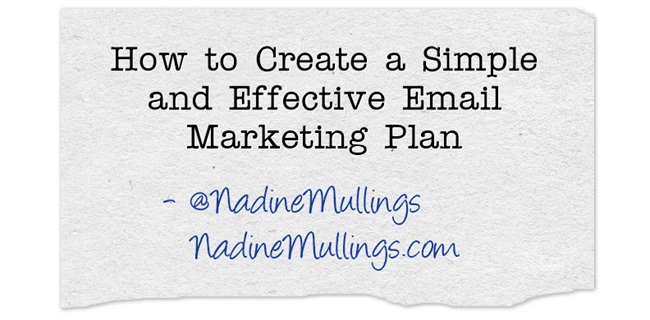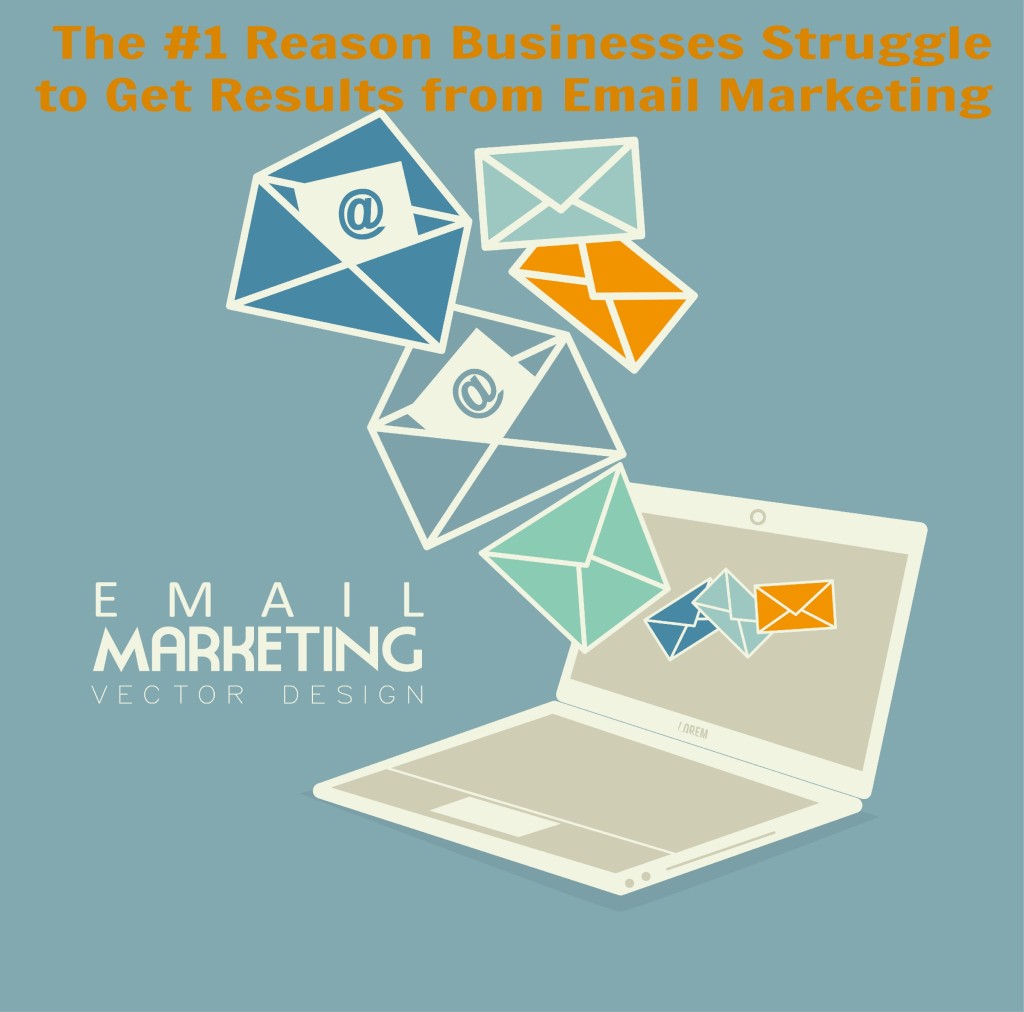I officially started my business in January 2012, and my nephew was born a year later on January 31, 2013. As I watch my nephew grow up, I realized that the first few years of a child’s life is similar to the first few years of the growth of a business. In this blog post I will share the four stages of growing a business that I learned from my 3 yr old nephew.
How Often Should You Post on Your Business Blog
One of the questions I get when its comes to blogging for business is how often should I post on my business blog?
[Tweet “How often should I post on my business blog? #MarketingEssentials #Blogging”]
Some people would say it’s important to blog every day, or it’s important to blog at least three times a week. This may be a good strategy for a professional blogger, but your business is not blogging, you should be blogging for business as a part of your marketing mix, so you should take a different approach to how often you blog.
I feel the answer to that question differs for each business. If blogging is part of your marketing mix, you have to decide how much time you or someone on your team can dedicate to consistently posting on the business blog.
Depending on the decision that you come up with for your business, this will determine how often you should blog. However, as a rule of thumb, I would say you should try to put new content on your blog at the very least twice a month.
New content on your blog is important for various reasons:
- It keeps your blog from getting stale– Nobody wants to visit a blog and the last post was from 3 months ago, so to make sure that your content stays fresh it would be important to post at least every two weeks.
- You rank higher in the search engines when you have newer content. Search engines like to provide browsers with more recent information, so the more updated your blog is, and the newer the content on your blog, the more likely you are to rank higher in the search engines.
- Promoting your new content helps to bring consistent traffic to your website. Having a business blog and promoting your blog posts is a great way to get traffic to your website. The more you post the more traffic you will get.
- When done correctly, your new content can also help to create new leads for your company, so the more content you put out, the more leads you can expect to get for your company.
However, it’s not just important to have new content on your business blog, but it’s just as important if not more important, to promote the older content you have on your blog, so in addition to creating new content for your blog, you should also have a plan to promote the older content that you have on your blog.
[Tweet “In addition to creating new content for your blog, you should also plan to promote the older content on your blog. #MarketingEssentials #Blogging”]
For example, if you decide to post on your business blog at least twice a month, then after just one year of posting at least twice a month, you will have at least 24 pieces of content that you can repurpose and share on your social media networks, your email list, etc.
So no matter how often you post on your business blog, it is important to have fresh content (at least twice a month), and it’s important to promote both your new and old content in order to get more traffic and get more leads for your business.
Do you have a business blog? If so, how often do you post on your business blog?
